Progetto
Quartiere Arpini
Luogo
Orbassano, Italy
Anno
1997 - ongoing
Cliente
Cooperativa Edilizia “Giuseppe Di Vittorio”
Formato
Destinazione d'uso
Categoria
Construction Supervision, Design, ongoing, Security
Tipologia
New Construction, Urban development
Servizi
Architecture, Construction Supervision, Executive design, Final Design, Implementation, Masterplan, Project Coordination, Security
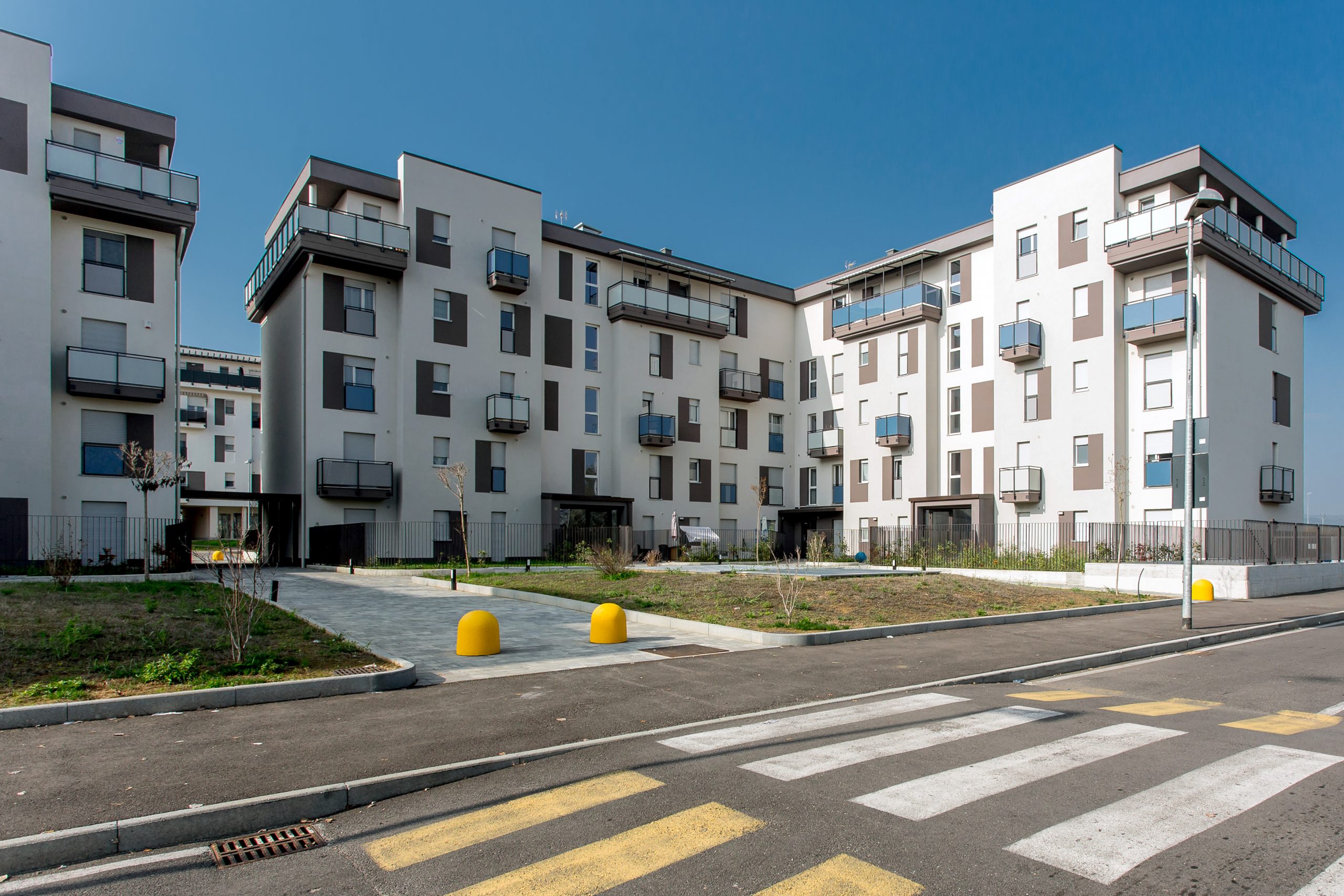
In the north-western quadrant of the municipality of Orbassano, in the province of Turin, lies the area known as ‘Arpini’. It is located on the edge of the Sangone River Park, within a context characterized by several multi-storey residential buildings constructed during the 1960s and 1970s
The project, in which we have been key players in an urban and architectural process initiated in the late 1990s, is still ongoing with the development and completion of several residential lots and part of the related urban infrastructure. From 1997 to 2005, our main objective was to manage the implementation of a privately initiated Executive Agreement Plan (PECLI) for residential development, which would ultimately house around 1,700 residents in this area, through the gradual construction of each lot defined within the plan.
At the same time, in an era when legislation was beginning to address sustainable design and energy certification of buildings, we conceived the Arpini masterplan as a sustainable residential district, proposing to the Municipality and stakeholders an urban model where design strategies would focus on environmental respect and enhanced indoor comfort for its users, with building content of high formal, technical and technological quality.
For the Arpini area, we also developed a guideline for the programmatic drafting of bioclimatic and bio-building criteria to be applied in the project, with the support of iiSBE Italia (a non-profit organization dedicated to the promotion of sustainable built environments). This document outlined, for each predefined objective, the design strategies to be adopted and the critical issues to be addressed for every element of the plan.
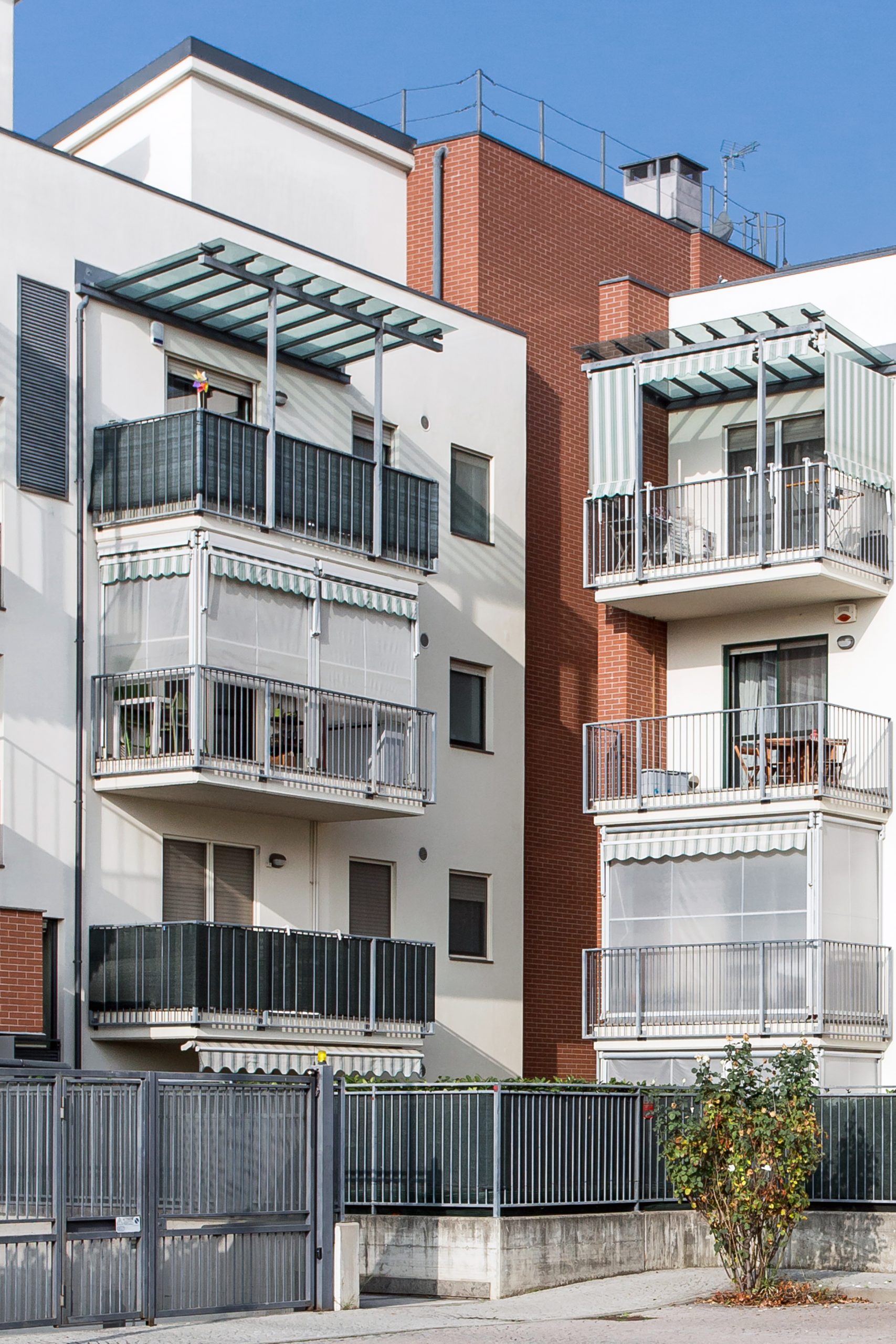
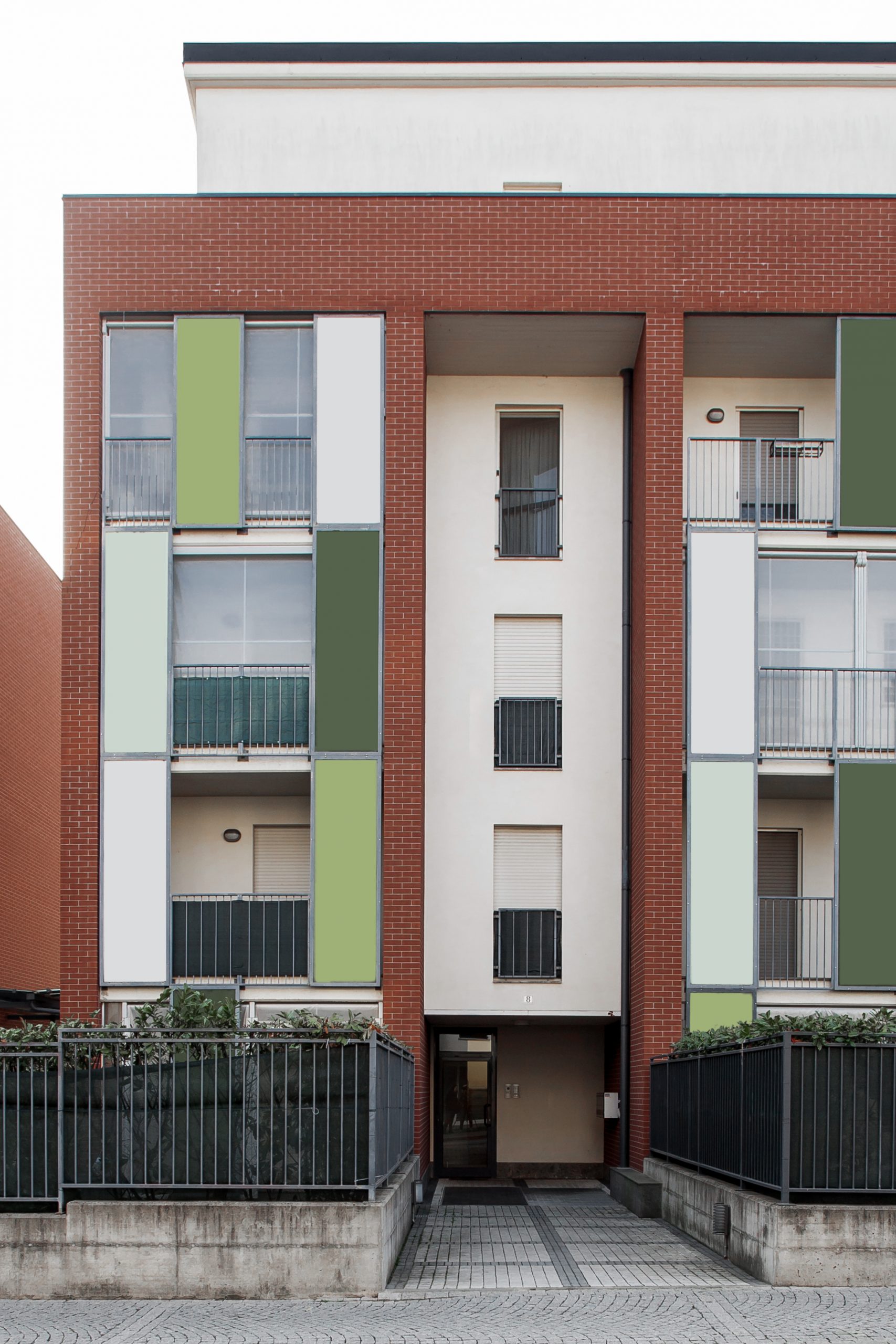
The 2008 financial crisis unfortunately impacted the implementation of the overall program, leading to a downsizing of some broader aspects. For example, a cogeneration plant—intended to make the area energy self-sufficient—was not built. However, with regard to the residential development, the situation made it possible to take part in the Piedmont Region’s “10,000 housing units by 2012” initiative. As a result, the new buildings were designed in compliance with the Itaca Protocol, thereby qualifying for a more advanced energy efficiency certification. What defines the area from an environmental perspective is its proximity to the Sangone River Park which, in addition to establishing a natural boundary for development, has led us to adopt an especially protective approach toward the existing environmental heritage. For this reason, the guiding axes of the project were conceived as pedestrian pathways around which a block-based layout unfolds. Starting from a central square with taller buildings (3–4 above-ground floors), the scheme gradually opens up and disperses toward the countryside, softening the impact of a dense development within a rural area that is still largely preserved. Among the most significant aspects is the intention to highlight the positive effects of greenery—not only in terms of recreation, aesthetics, and social interaction, but above all for its climatic and environmental benefits—by planning trees and gardens that extend to and surround all the buildings.
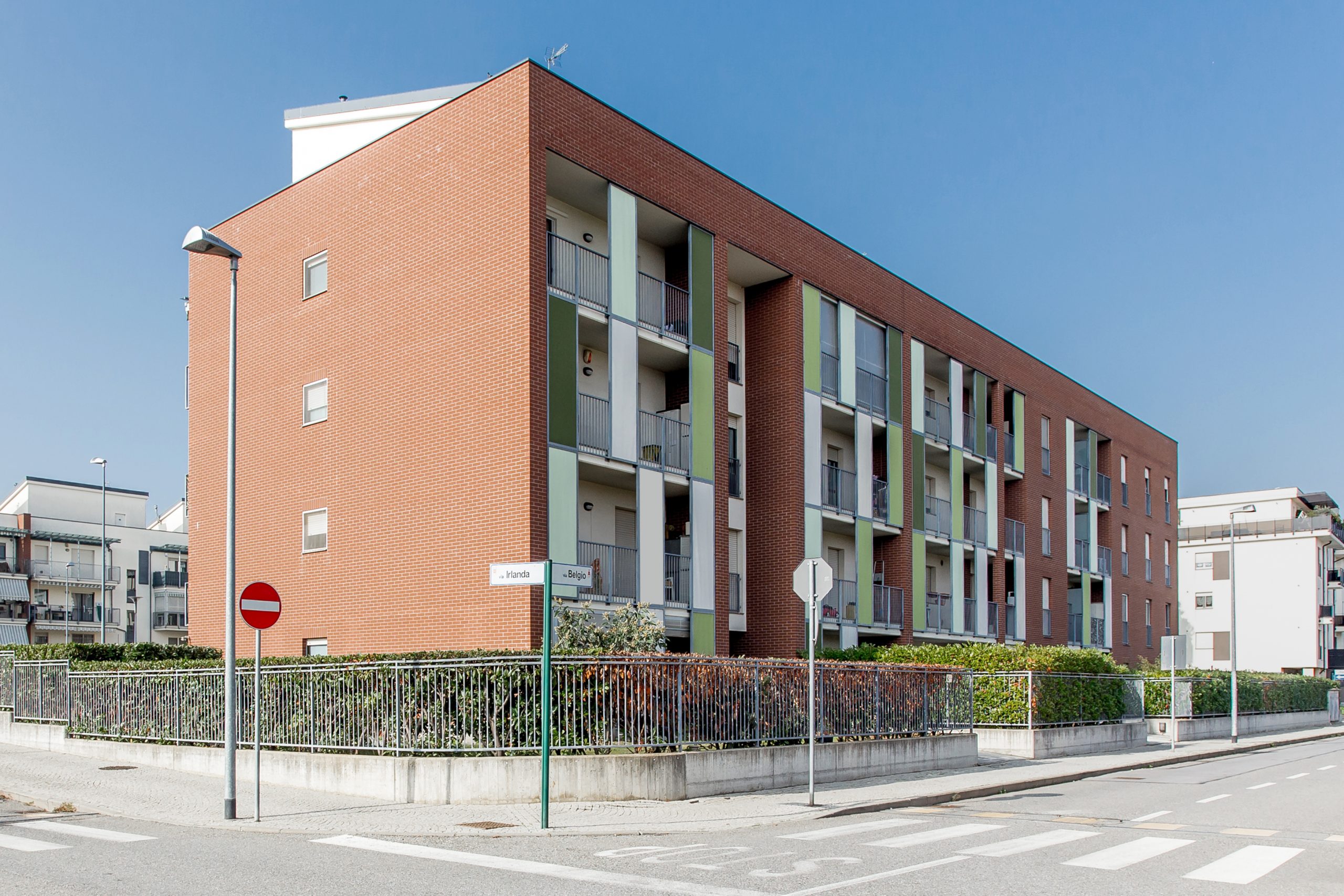
The proposed building types are three- and four-story structures, oriented east–west and set at an 18° angle to the south in order to ensure optimal exposure and solar gain. The system of cycling and pedestrian paths was designed and implemented to ensure safe and accessible mobility for more vulnerable users—such as the elderly and children—while avoiding overlap with motor vehicle routes. From an architectural and construction perspective, the development is primarily residential—both public and private—and includes neighborhood-scale commercial activities located on the ground floor of the central square. These are essential not only to serve the daily needs of residents but also to foster the connective fabric required for the growth of a new residential center, enhancing the area’s identity not just as a neighborhood but as a true “village.” The design approach favored the use of materials such as plaster and brick, along with clean, compact forms enhanced by terraces and loggias—mostly oriented to the south—which serve as extensions of the interior living spaces.

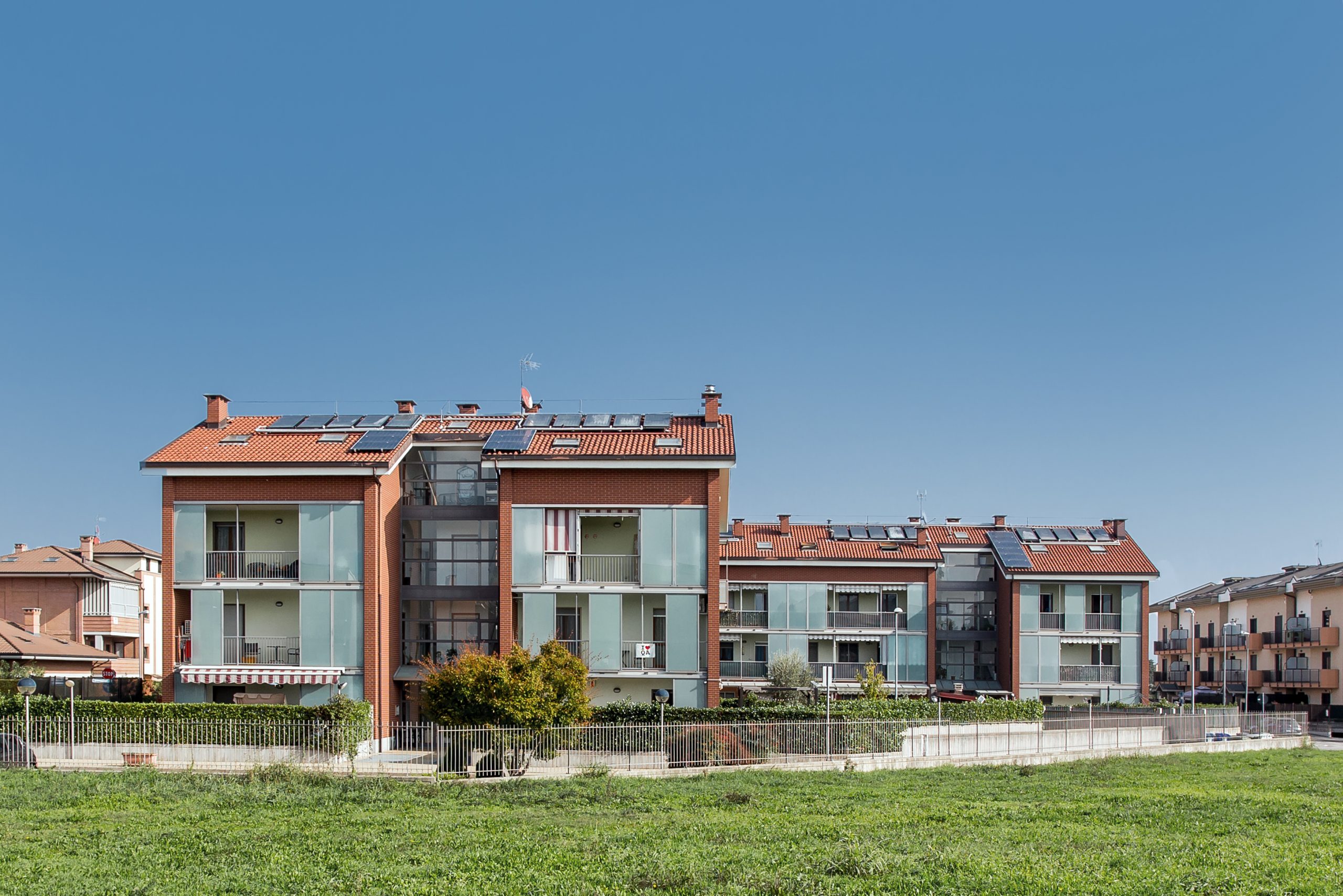
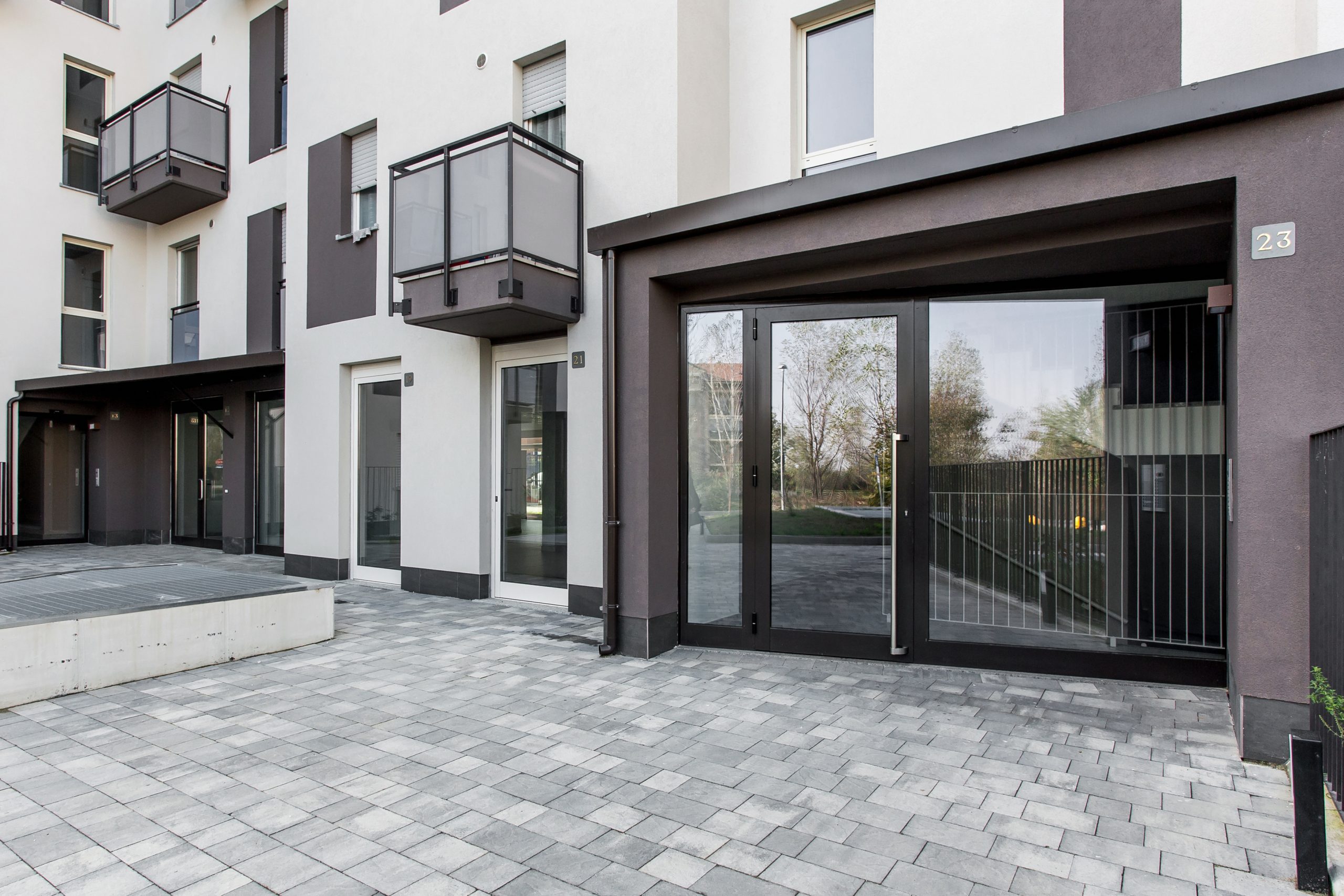

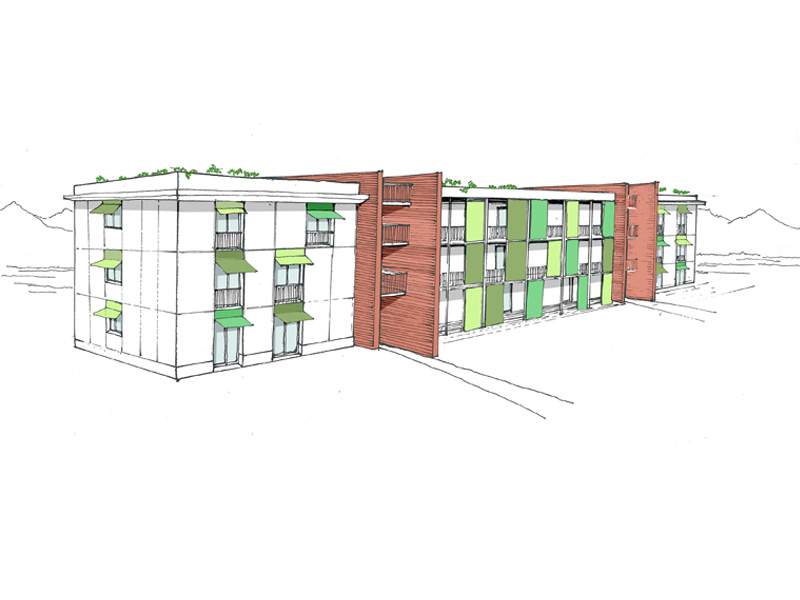
Credits: Michela Ghio
